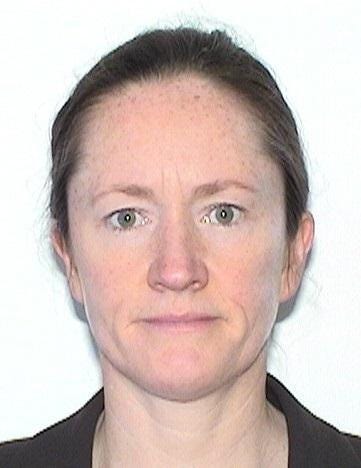What did we learn?
And how will that help
We have been learning so much. Talking to various practitioners, scientists, organising field trips- it has been full on time. Many things about the ocean are not common knowledge at all.
One highlight we read was the 2022 Land Gap Report.
The land gap report found that the world’s governments are massively over-relying on land for climate mitigation and biological carbon removal in their climate pledges. They find that almost 1.2 billion hectares (12 million sq km) of land are required to meet these pledges. That land area is almost the entire amount of land for growing crops worldwide! For us this reiterates that we will have to make use of the oceans to take up some of the burden.
Some conversations we’ve had
One of our first calls was with Professor Emma Tompkins, who is among other things, part of the management board of SARTRAC, a global organisation of research partners identifying development opportunities that build resilience for some of the world’s poorest people affected by sargassum blooms.
Some opportunities they have explored include using sargassum for:
Soil amelioration/Biofertilisers - including rehabilitating mangroves.
Growing tomatoes, peppers, potatoes
Small household biogas generators
They are making use of shore harvested sargassum, reducing environmental damage to coastal communities and gives a product or revenue stream out of it. She advised caution when looking at seaweed for food or animal feed due to sargassum, under some conditions, accumulating relatively high levels of arsenic and other heavy metals.
We spoke to Professor John Barry Gallagher of Tasmania University who warns that the carbon accounting is not always accurate of these submerged systems. While it is over accounted in some cases, it maybe under accounted in some. He reminded us how complex natural systems are and how challenging measuring them can be.
Allie Wharf of Norfolk Seaweed was kind enough to fill us in on a lot of the challenges and opportunities in seaweed farming. They are in the midst of developing their pilot farm of the Norfolk coast and going through the licensing process. She detailed a lot of the different types of seaweed and methods of farming them that are being tried. Marine spatial planning, community engagement and real time monitoring are also aspects of the farm that they want to be involved in.
Nicholas Kee is another we spoke to who is in the process of setting up a farm, Kee Farms, in Jamaica. They are in trial phases at the moment, working with local government and brought up challenges of monitoring, security, bad weather, and more, adding risk and cost to the endeavour. Again they are focused on engaging the local community, especially fishing communities to provide alternative jobs and stimulate the economy.
Our final call of the week was with Dr Phillip Williamson and Dr Gill Malin. They are both incredibly experienced scientists in the school of environmental sciences with numerous publications on seaweeds and other blue carbon assets. They further highlighted to us the state of the science for Seaweed based CDR and farming around the world. Measurement of seaweed assets and the biogeochemical effects of mass farming are still uncertain but there is a clearer case at the moment for scaling seaweed farming for nutrition and products like cosmetics and bioplastics.
See you next week for another update!








For seaweeds it is also important to realize secondary benefits that may ensure from their substitution as products or in their application. For example, in Australia pilot studies have shown that the bromoform produced within Asparagopsis species, if fed to cattle can reduce their burping methane emissions significantly- up to 40 or 50 % in some studies. Methane being 28 times more powerful a green house. And importantly supplementing the cattle feed with this seaweed has also found to significantly increase cattle production. In other words compared to before this has beneficial additionality through substitution with just a little seaweed, and not in direct proportion to its weight. It is not restricted to just human food, even for others that support their beloved pussy cats, they would be pleased to know about ongoing work and movement of product in Malaysia to show the benefits of fermented seaweed to cat food.
This list can go on, but the examples nevertheless illustrates that using seaweeds for removal of carbon dioxide directly or or as a supplement or replacement in food production should always be calculated not in isolation but from what was happening without seaweeds. Was the ecosystem or product or process a source before seaweeds made it a sink sink or less of source is the true value and I would argue could be the larger value to access seaweeds mitigation services.
Dr John Barry Gallagher